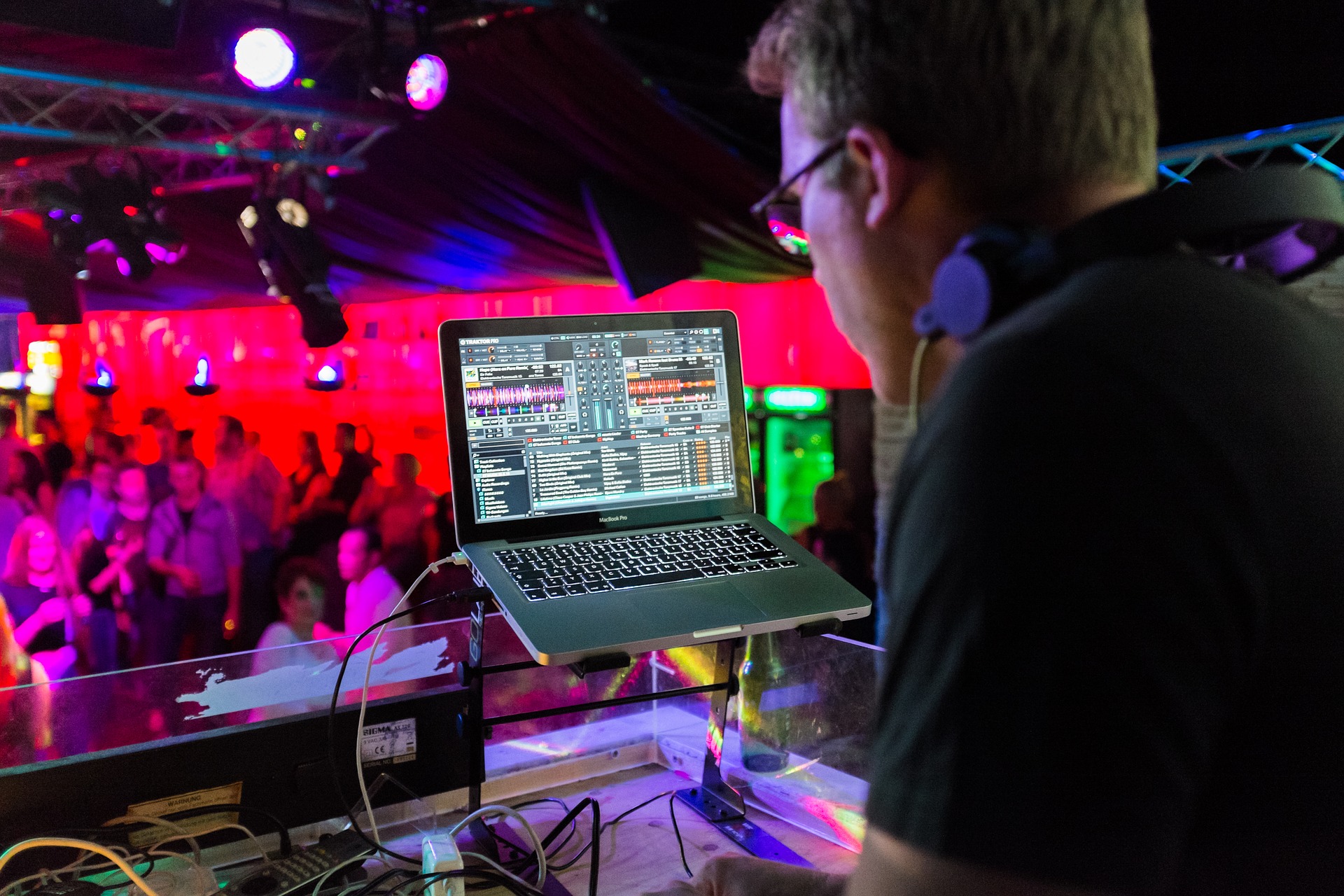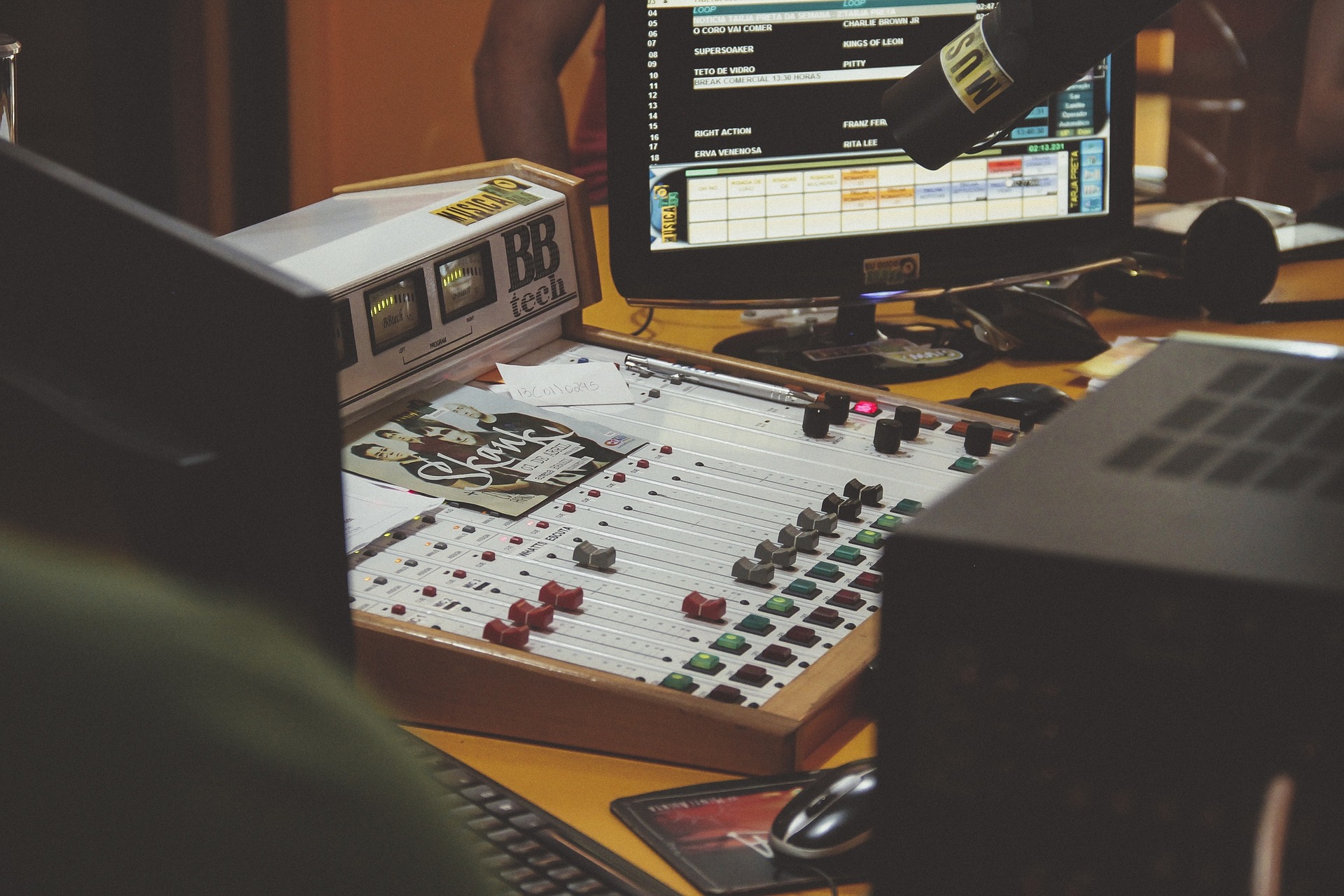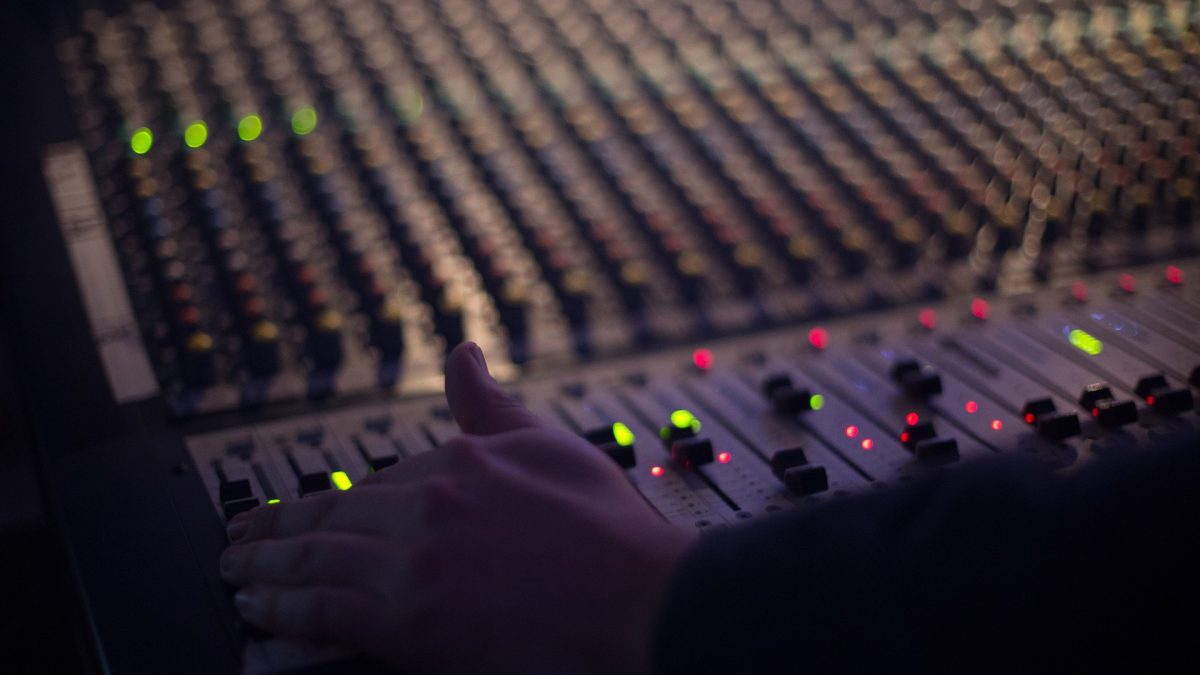
The movie business is changing, and changing fast.
Thanks to the powerful new technology of big data analytics, the way that movies are greenlighted, produced, and distributed is about to completely change.
Big data has been called the new gold.
Because of the enormous gains that companies are set to get from big data analytics (Netflix has already built its success on it), industries across the board are rushing to implement it as quickly as possible.
The movie industry is no exception.
Following up on a recent article I wrote on ‘How To Implement Big Data Analytics Into Your Movie Project’, in this article we are going to look at whether big data analytics can help with your movie sound production.
Let’s start by looking at the components that make up a movie soundtrack.
The Soundtrack
While in recent years, the term soundtrack has become associated with the music or songs from the film, the soundtrack is anything that you hear while watching the movie.
The main components of a soundtrack include:
- On and off-screen dialogue
- Sound effects
- Music
The on-screen dialogue consists of the conversations that are spoken by the film’s characters.
Offscreen dialogue includes the words spoken by a narrator to fill in plot developments that the movie doesn’t have time or doesn’t wish to show onscreen.

Sound effects can be anything from the noises heard from special effects such as explosions to sound of birds in trees etc.
The vast majority of the work done for a film soundtrack relates to sound effects.
Finally, music is a powerful component of the soundtrack. It is generally used to set the mood to guide audience emotions.
Classical music, for example, is an excellent way to establish emotions such as happiness or sadness in a scene.
The Power Of Sound
Ever since the movie The Jazz Singer hit movie theatres and featured characters talking and singing, audiences have been mesmerized by the power of sound.
Over the years, the technology behind sound at the movies has grown exponentially. Today, when accompanied by GCI, it is entirely possible to create believable alien landscapes from a computer.
Movies such as James Cameron’s Avatar and the Star Wars films are just two examples.
The soundtrack is an important element in the creation of a successful film. From the smallest independent movie to the biggest blockbuster, getting the sound right is essential.
Can the emerging technology of data-driven moviemaking help you with the sound in your movie?
The answer is yes.
While there are currently only a handful of data-driven moviemaking companies such as Largo in the marketplace, this is almost certainly going to change over the next decade.
The global big data analytics market is forecast to grow massively by 2023.
“The Big data analytics market size accounted for $8.5 billion in 2017, and the big data analytics market growth is forecasted to grow at a Compound Annual Growth Rate (CAGR) of 29.7% to $40.6 billion by 2023.”
This growth means that a huge number of new data-driven moviemaking companies will enter the film market in the next few years alone.
The exciting prospect is that this will push the industry as a whole to develop new algorithms to enhance the types of services they offer even further.
The reason that this is important to movie soundtracks is that, at the current time, companies such as our own Largo are focused on only a few specific areas of data-driven movie making.
Today, Largo is one of the few companies in the world that is able to offer a range of movie-related services, that includes the chance to have a movie’s soundtrack analyzed. However, the industry needs a boost in order that it gains the resources to thrive.

Services that Largo Currently Offers:
- Movie gross predictions
- Script and cut analysis
- Actionable Insights
- Targeted marketing advice
- Soundtrack analysis
Our sophistication AI big data analytics software, LargoAI, can break movies down into their basic ingredients so that we can establish an exact recipe for each scene in a movie, including the soundtrack.
This feature was developed in collaboration with Largo’s in-house technical experts and world-leading big data analytics specialists from the EPFL in Switzerland.

Turning To The Future
Now this development is complete, Largo can offer big data analytics consultancy regarding movie soundtracks.
This facility allows us to analyze all the components of a movie soundtrack, with the exception of the music, in order that we can provide actionable insights and feedback to the filmmakers.
As with our current actionable insights relating to plot and character choices, our technicians can provide accurate feedback regarding audiences’ likes and dislikes to specific sound choices.
In the future, this service will include the music. So for example, if a particular song is flagged up as being unsuitable, LargoAI will be able to suggest a more appropriate song to set the best mood for the scene.
Today, specific sounds such as screams in horror movies can be analyzed to ensure they are the most suitable ones. There are scores of different screams that can be used to express horror, LargoAI can help shortcut the way to finding the best one.
Finally, dialogue can also be analyzed to ensure actors nail their lines properly.
In the same way that actors must get their visual performance right, getting that dialogue spot-on is equally as important. Largo can offer advice to how actors can give a better vocal performance.
Fast-forwarding even further into the future, actionable insights regarding changes to a movie soundtrack will allow the movie sound engineers to tweak sounds in order to enhance their effect.
This will save productions huge sums of money as they won’t need to re-record sounds inexpensive sound studios.
While at the current time, Largo’s big data analytics program is one of the few to give feedback about movie soundtracks, in the future, when it reaches its full potential, it will be a game changer.





Stay connected